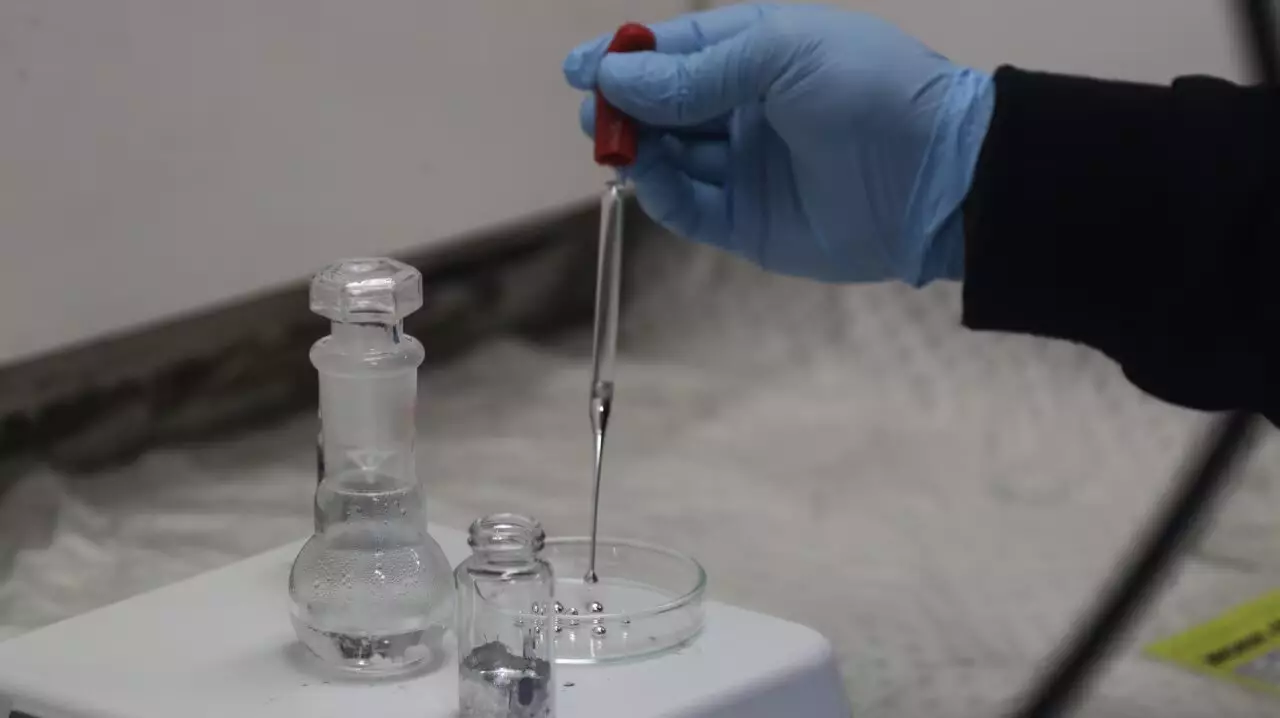Researchers from the University of Sydney are making significant strides in addressing one of the most pressing issues of our time—industrial emissions. By exploring the fascinating properties of liquid metals, they propose an innovative framework to reshape chemical production, a sector responsible for up to 15% of global greenhouse gas emissions. While initiatives to transition toward renewable energy and electrification make headlines, the reality is stark: chemical manufacturing remains a major energy consumer, utilizing over 10% of the world’s energy resources and continuously escalating due to the growing demand for various products.
What these researchers bring to light is not merely a gradual enhancement of existing processes but a revolutionary rethinking of how chemical reactions occur. Led by Professor Kourosh Kalantar-Zadeh, the team presents a roadmap for utilizing the ‘atomic intelligence’ that liquid metals offer—an approach that stands in stark contrast to conventional methods that have remained unchanged for decades. The current state of chemical engineering relies heavily on solid catalysts, which necessitate high temperatures and contribute significantly to emissions. By leveraging liquid metals, which can react at significantly lower temperatures, they offer a glimpse into a more sustainable future.
Catalyst of Change: Embracing Liquid Metals
A pivotal element of this research is the exploration of liquid metal alloys that can dissolve traditional catalytic substances—such as tin, copper, silver, and nickel—effectively lowering the activation energy required for various chemical reactions. This groundbreaking technique not only mitigates the energy required for production but also means numerous chemical reactions, from green hydrogen production to the breakdown of environmental pollutants, can be streamlined and rendered more efficient. Consider the ramifications: improving hydrogen production methods aligns directly with global ambitions to decarbonize energy systems.
Moreover, the implications extend far beyond mere efficiency; they touch on ethical dimensions of sustainability. Chemical reactions are the foundation of countless modern products, from medical devices to agricultural fertilizers. The move toward low-energy processes can represent significant milestones in reducing the carbon footprint of these indispensable industries.
Professor Kalantar-Zadeh’s assertion—that “people often forget that chemical reactions are at the heart of all we have and use”—resonates deeply in a time when sustainability is paramount. The push for greener technologies need not only focus on substitutes but also on maximizing the potential of existing materials. Liquid metals, still in their infancy in terms of industrial application, are positioned at the forefront of this transformation. It’s imperative for industries to embrace these concepts, lest they become relics of a bygone age, overwhelmed by regulations aimed at curtailing emissions.
Next Steps: Bridging Research and Implementation
While the theoretical groundwork is promising, the real challenge lies in transitioning from classroom to factory floor. Researchers have begun small-scale testing of these technologies, but widespread adoption requires more than just a scientific breakthrough; it necessitates a cultural shift in how the industry approaches innovation. Chemists and engineers must collaborate not only to refine these liquid metal systems but also to educate stakeholders on their benefits.
The potential described by the University of Sydney’s team is profound. It’s not just about cleaner reactions; it’s about fostering an entire ecosystem that prioritizes sustainability alongside production efficiency. As we confront the dual challenges of climate change and resource depletion, it is such forward-thinking research that may catalyze a paradigm shift in chemical manufacturing—a revolution indeed that we must pursue with urgency and determination.


Leave a Reply